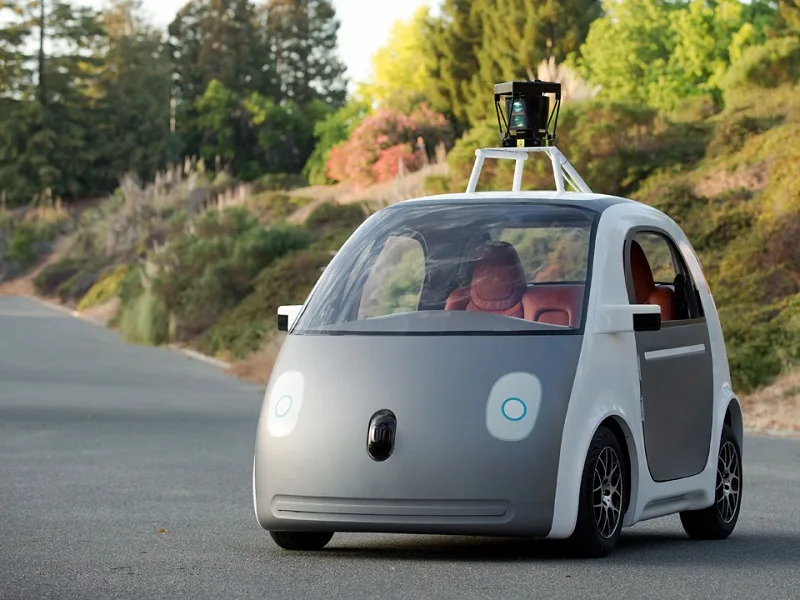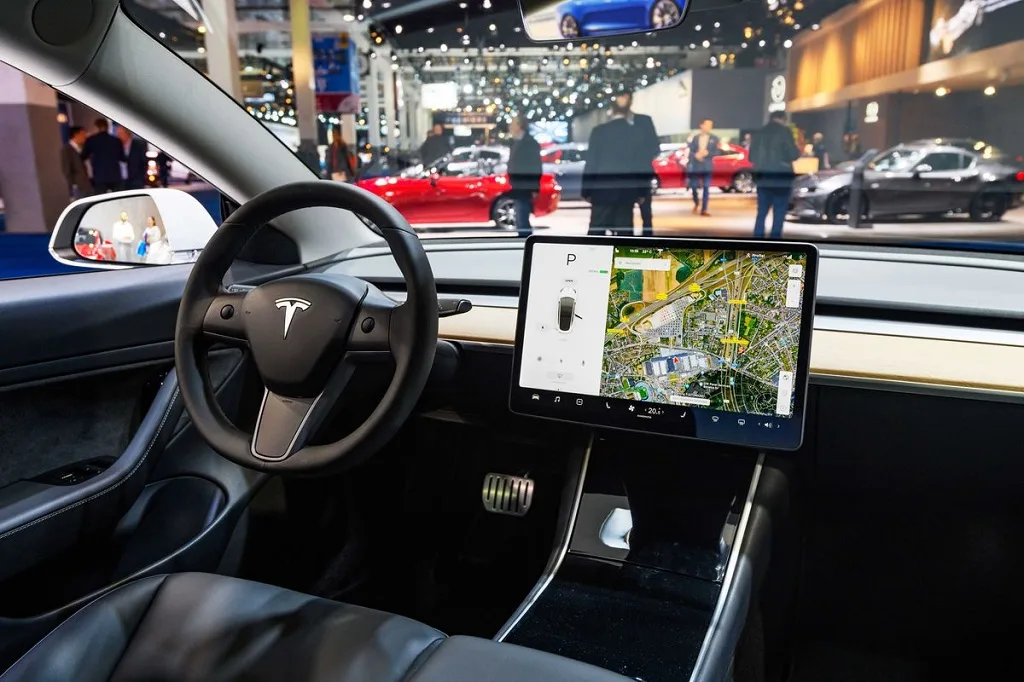
The Evolution of Self-Driving Car Technology
The journey of self-driving car technology is a fascinating tale of innovation, ambition, and the relentless pursuit of safety and efficiency in transportation. As we stand on the brink of a new era in automotive travel, this comprehensive guide explores the origins, workings, applications, and future potential of autonomous vehicles.
When It Was Founded and By Whom
The concept of self-driving cars has been a part of the human imagination long before it became a technological pursuit. However, the foundational work in autonomous vehicles began in the 1980s with pioneering projects like the EUREKA Prometheus Project by Mercedes-Benz and Ernst Dickmanns, a German engineer. This period marked the first significant steps towards developing vehicles that could navigate and operate without human intervention.
Over the decades, numerous tech giants and startups alike have joined the fray, including Waymo (a subsidiary of Alphabet Inc.), Tesla, and Uber, each contributing unique advancements and perspectives to the field. Their collective efforts have pushed the boundaries of what was once deemed possible, transitioning self-driving cars from science fiction to an impending reality.
The Main Concept
At its core, self-driving technology aims to create vehicles capable of sensing their environment and navigating without human input. This concept encompasses a range of autonomy levels, from partially autonomous vehicles, which require human oversight, to fully autonomous vehicles that operate independently of human intervention.
The integration of artificial intelligence (AI), machine learning, and advanced sensor technology forms the backbone of self-driving cars. These vehicles are designed to perceive their surroundings, make decisions in real time, and learn from their experiences, improving their performance over time.
Central to the appeal of self-driving cars is their potential to dramatically increase safety, reduce traffic congestion, and lower emissions through optimized driving patterns. Moreover, they promise to redefine mobility, offering new levels of convenience and accessibility for all, including those unable to drive due to physical limitations.
How It Works
Sensing the Environment
Self-driving cars use a combination of sensors, such as LiDAR, radar, and cameras, to gain a 360-degree view of their surroundings. This data is critical for detecting obstacles, identifying road signs, and navigating through traffic.
Processing Information
The collected sensor data is processed in real-time by powerful onboard computers. These systems use AI algorithms to interpret the data, recognize patterns, and make split-second decisions.
Navigation and Control
Using detailed maps and GPS technology, autonomous vehicles determine the most efficient routes to their destinations. Advanced control systems then execute the driving functions, from acceleration to steering and braking.
Machine Learning
Machine learning algorithms enable self-driving cars to learn from each trip, refining their decision-making processes and adapting to new environments over time.
Safety and Redundancy
Ensuring safety, self-driving vehicles are equipped with multiple layers of redundancy in their systems. This ensures that even if one component fails, the vehicle can still operate safely.

Where These Cars Are Already Used
Self-driving technology is increasingly being deployed in various domains, from ride-sharing services in urban areas to logistics and delivery. Companies like Waymo and Tesla have launched pilot projects in select cities, testing autonomous taxis and freight services.
Furthermore, autonomous vehicles are being used in controlled environments such as mines and large private sites, showcasing their versatility and potential to transform not just public roads but also industrial operations.
Where Else It Can Be Used
Beyond the obvious applications in personal transportation and logistics, self-driving technology holds promise for revolutionizing public transport systems. Autonomous buses and shuttles could offer flexible, efficient, and cost-effective solutions to urban mobility challenges.
Additionally, the integration of self-driving cars into emergency response and healthcare services could significantly enhance their speed and efficiency, potentially saving lives by reducing response times.
How Much More Promising It Is in the Future
The potential of self-driving car technology is immense, with advancements promising to usher in an era of safer, cleaner, and more efficient transportation. As the technology matures and regulatory frameworks evolve, we can expect to see autonomous vehicles become an integral part of our daily lives.
Future developments could lead to entirely new vehicle designs, optimized for comfort and functionality without the need for traditional driving controls. This evolution will likely spur further innovation in urban planning, traffic management, and environmental sustainability.
Ultimately, the journey of self-driving technology is one of continuous exploration and growth. As we move forward, the promise of autonomous vehicles to redefine our roads, cities, and societies remains one of the most exciting prospects of the 21st century.
